Often, people treat autumn as a grieving period for their hiking season’s end. The early onset of freezing summit temperatures and the Northeast’s late spring snowpacks can mean that avoiding the trails costs you six months of the year. Instead, with a little planning, knowledge, and preparation, you can get comfortable conquering mountains year-round. Here are a few pointers to get you started.
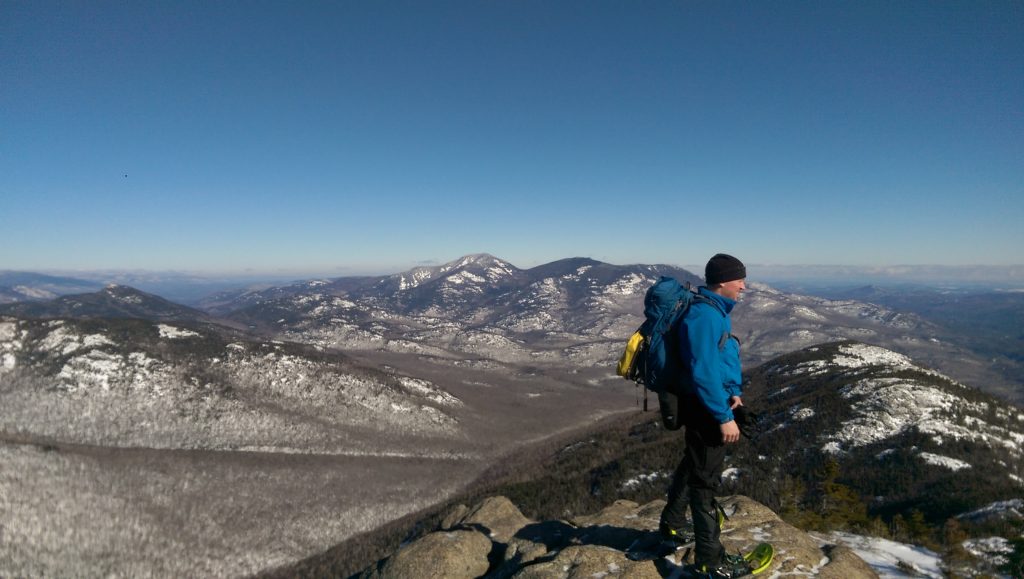
Gear
While much of the gear you have broken in on summer treks can be useful for winter hiking, you need to add some key weapons to your quiver to fully make the shift.
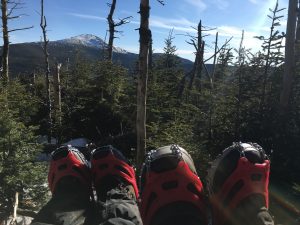 Traction
Traction
One of the first gear concerns has to be traction, which is required to hike safely on snow and ice. For early season freezes or hard-packed trails, Kathoola’s Microspikes are perfect. Made with elastic rubber uppers that can easily stretch on and off nearly any shoe or boot and sturdy chains and spikes that dig into the crud to keep you from slipping, these are a must.
Microspikes will work for 90 percent of frozen trails, especially on beginner hikes, but some of the ice-covered routes above treeline and flows you will eventually encounter require a little more. Crampons provide a more substantial bite, but require more practice to use safely. Look for pairs like the Camp XLC 490 that are light, adaptable to nearly any boot, and are not designed for vertical ice—a condition rarely encountered in hiking and mountaineering.
Finally, you will need snowshoes to carry you over fresh powder and keep the trail packed safely for others. Even when the parking lot has no snow, carrying snowshoes is key for those high-elevation drifts, and in places like the Adirondacks’ High Peaks, they’re required by law. For years, MSR was the go-to brand for hiking, but now, others like Atlas and Tubbs offer great products, as well. I use the Tubbs Flex line, partly because I love the ease and fit of the boa enclosure binding system.
Hydration
Hydration is a second important consideration. While I love the convenience of a bladder in the summer, I avoid them in the winter months. Insulation for their tubes, blowing water out of the mouthpiece after each sip, and other tricks can keep bladders flowing in extreme cold, but for me, it’s not worth the risk or effort. The last thing you want in the middle of a below-zero, big-mileage day is your water freezing up.
Instead, get a few wide-mouth Nalgene bottles, as narrow-top designs freeze quicker. Keep the screw tops from freezing by storing them upside down, so the air/water interface freezes first, insulate them with a bottle cover or even a thick wool sock, and store them in your pack.
Boots and Gloves
Finally, you need to keep your hands and feet warm when facing extreme cold. Wicking layers, insulation, and exertion will protect your core most days, but feet and hands can freeze up quickly when the mercury drops and your hiking party stops.
So, look for waterproof and insulated boots like the Merrell Polarand 8. Additionally, bring several pairs of gloves and socks, as even the best will eventually “wet out” on long hikes, leaving hands and feet susceptible to frostbite.
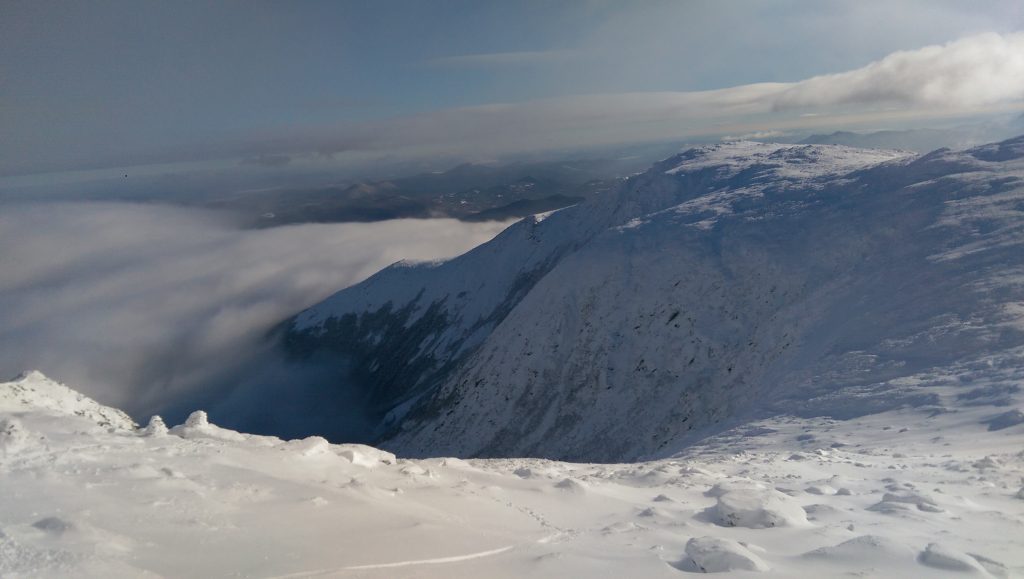
Tips and Tricks
As you hike more and more in the winter, you will surely find little tricks and tips that work for you. Here are just a few that have helped me out:
Remember, it’s almost as important to stay warm as it is to keep cool. It sounds crazy, but working up a sweat and soaking your layers can become, at best, uncomfortable or, at worst, can contribute to hypothermia. So, start the hike a little cold and be sure to remove layers as you heat up to regulate your temperature.
Protect your skin. Bright winter sun reflecting off snow cover can sunburn you as fast as the sunshine on the beach. Cold wind can also leave it windburned. To prepare, bring the sunscreen and facemask along as needed.
Choose your food wisely. Bring food that is easy to eat on the move and won’t become inedible if frozen. Long summit picnics are less common in winter conditions, and breaking teeth on frozen treats is not fun.
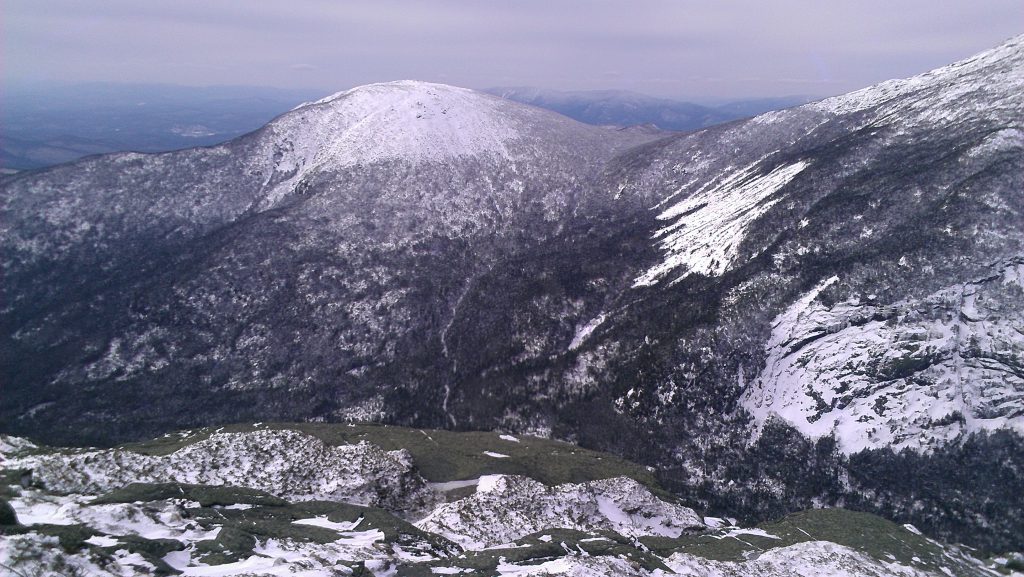
Where to Go
To begin your adventure, start off small, get your gear dialed in, avoid winter hiking solo at first, and always carry a map and compass. But, in these conditions, things like route-finding skills and weather become even more important, and hiking with crampons or snowshoeing through deep powder can take some getting used to, as it utilizes different muscle groups. When you are ready to give it a go, here are a few easy hikes to tackle on a bluebird day that are sure to get you hooked and ready to tackle some bigger peaks.
Mount Jo, New York
A short round-trip loop hike of just 2.3 miles from the Adirondack Loj will provide you with upfront views of Heart Lake and many of the High Peaks, like Algonquin.
Mt. Tom, Vermont
From behind a covered bridge in Woodstock, VT, this easy trail of switchbacks climbs just under 1.5 miles one-way to the south summit for nice views of the town and surrounding mountains.
West Rattlesnake Mountain, New Hampshire
This two-mile round-trip hike through gorgeous oak forest rewards you with great views of Southern New Hampshire from its summit’s open ledges.
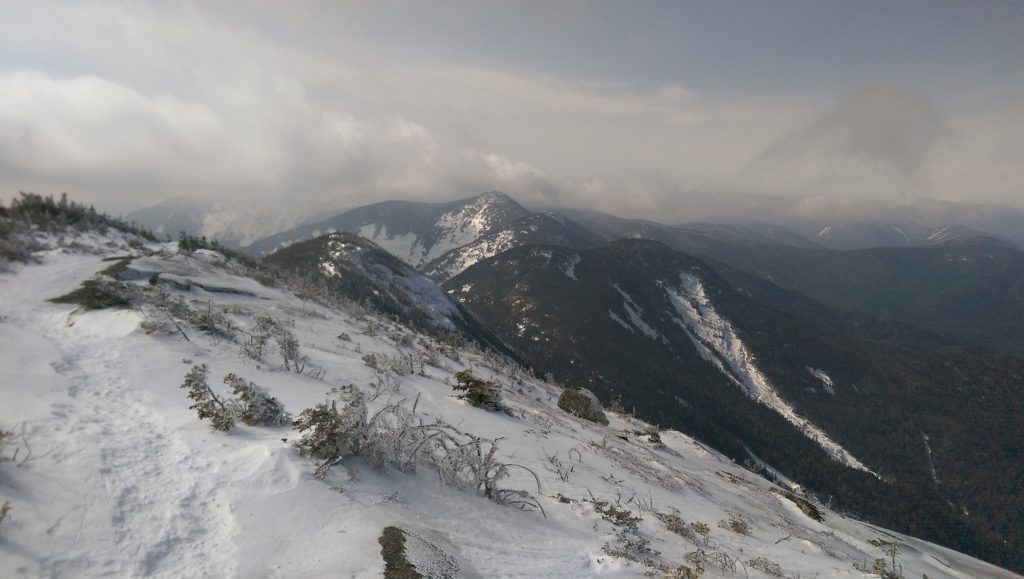
Lucas LaBarre
Lucas LaBarre grew up in the Adirondack Mountains of upstate New York. An avid year round hiker, Lucas has completed many peakbagging lists in the Northeast including the Adirondack 46, the Winter 46, the NH 48, the NE 67 and the NE 111. He also enjoys backcountry snowboarding and splitboarding throughout the Northeast and beyond. He lives in Albany NY with his wife and daughter and works as an educational administrator.




